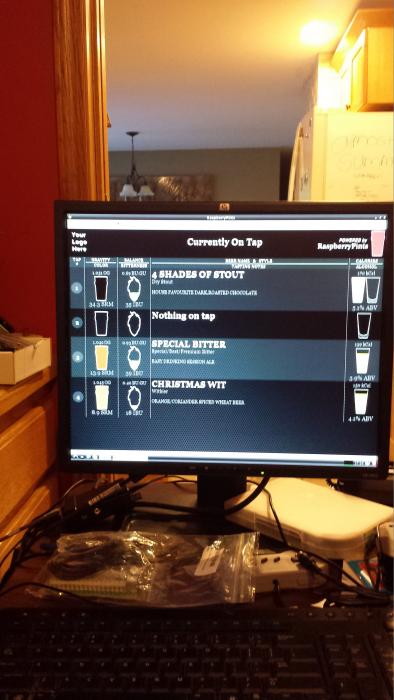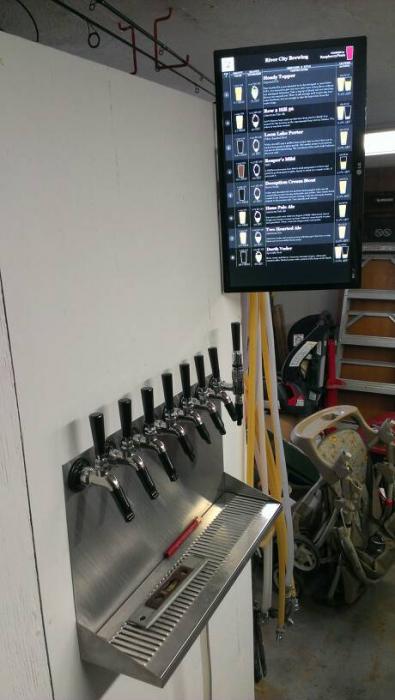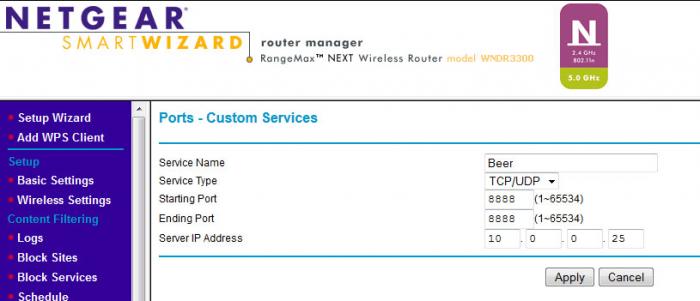This is done with the magic of dynamic DNS. You sign up for a free account with a service like
No-IP. A service that lets you use a URL is called a DNS and is basically just a phone-book for your internet connection's public IP address. You sign up with a DNS host like No-IP and they point a URL at your internet router's public port. No-IP has a lot of great and professionally written documentation on this process, by the way. Now anytime someone hits your URL the packets from their computer are directed to your IP... travel to your home... and hit your router - only to be blocked.
To let those packets through, set up port forwarding in your router. You say to your router, "Hey man. I really appreciate your keeping me safe, but all that traffic coming in on port 80? Yeah. I need you to pass that on to my Raspberry Pi at such and such internal IP address (like 192.168.0.101 or similar).
Suddently, you got to reallygoodbeer.servebeer.com and it directs to your house. Your router is all like, "Fine. You're on the list. Go over there to get where you need to be."
The dynamic part of that 'dynamic DNS' is the caveat. ISPs like to rotate your public IP address from time to time. Nearly every router out there support integration with dynamic DNS services to get around this. You go into your router and enter your no-ip account info. Now, every time your router gets a new public IP, it contacts no-ip and tells them to update their phone book.
Bam. Internet accessible tap list. Make sure that admin password is secure





















![Craft A Brew - Safale BE-256 Yeast - Fermentis - Belgian Ale Dry Yeast - For Belgian & Strong Ales - Ingredients for Home Brewing - Beer Making Supplies - [3 Pack]](https://m.media-amazon.com/images/I/51bcKEwQmWL._SL500_.jpg)






















